World Press Photo at Southbank Centre

A young man’s thumb is wedged into his mouth, his elbow curves around his chin and his leg lies at a right angle to his face; the rest of his body is missing. This is a normal day in Acapulo, Mexico. Captured by Pedro Pardo, this scene is just one of the haunting pictures currently on display in the World Press Photo Exhibition at the Southbank Centre.
The exhibition includes photos ranging from drug cartel warfare, the Arab Spring and the Japanese Tsunami, to a Ukrainian prostitute, child marriages in Yemen and the Norwegian massacre on Utøya Island. The collection covers the most poignant events that took place across the globe during 2011.
Over 100,000 photographs were submitted by professionals from 124 countries. Judges then deliberated, dissected and whittled the list away, to leave 167 award-winners, including the World Press Photo of the Year. This year’s prize was won by Samuel Aranda, whose photograph is an image of Yemeni woman cradling her son. Her son was attacked with tear gas as he approached a government checkpoint during protests against the authoritarian President Ali Abdullah Saleh on the 15th October 2011. Horrific and beautiful, the picture shows human nature at its most raw: a mother nursing her child. Despite the agonising pain the boy is in, an air of calm overrides this photo. The firm grip of the mother’s white-gloved hands against her son’s wrist and neck is fiercely protective.
The competition is divided into nine categories, each of them displayed in the wings of the Southbank Centre: Spot News, General News, Contemporary Issues, Daily Life, Arts and Entertainment, Portrait, Nature and People in the News.
Although Spot News was won by Koichiro Tezuka and his photographs of Natori City after the Japanese tsunami, it is perhaps the second-placed photograph that is the most powerful. A series of photos taken by Niclas Hammarström captures the terrifying events that unfolded during the massacre of 69 people by Anders Breivik on the island of Utøya. While in Tezuka’s photographs the devastation is clear straight away, it isn’t until you look closely into Hammarström’s images that their horror emerges. At first glance the island of Utøya rises out of the serene, gently rippling lake, all is calm. Then you look closer. Hovered above the beautiful scene are two helicopters, while dozens of young men and women are being murdered.
In a scene of war there is an expectation of death and destruction; in a photograph of a picturesque holiday retreat, where you would willingly send your children, there is not. The thought of a massacre on this island is unfathomable, yet as you look closer and see people hiding for their lives in the cliffs, and the bodies of the dead on the water’s edge, it becomes terrifying real.
The World Press Photo Exhibition is a brilliant testament to the power of photography. At times risking their lives to capture the perfect shot, these photographers have captured not just moments but stories, with their lenses.
A picture really does paint a thousand words. Love, death, beauty, destruction, pain, anger, hope: this collection is a catalyst to emotion. It is empowering, distressing and moving; it is heart-breaking, thought-provoking and rewarding.
Alice Audley
The World Press Photo Exhibition is at the Southbank Centre from 9th – 27th November 2012. For further information or to book visit the Southbank Centre website here.

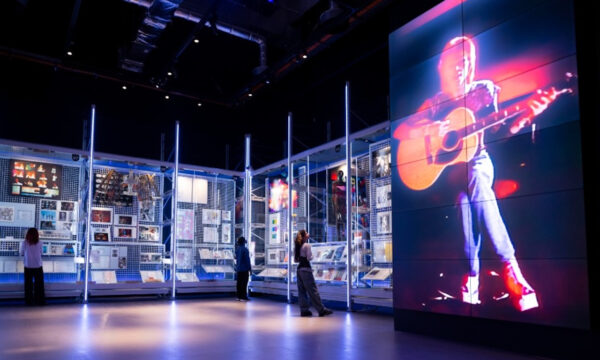
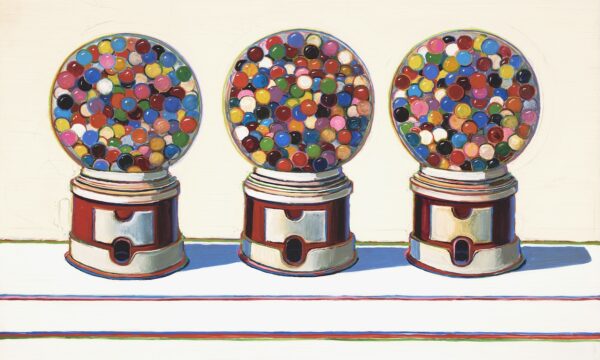
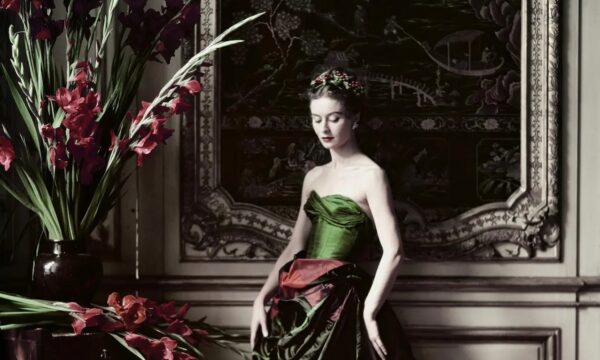
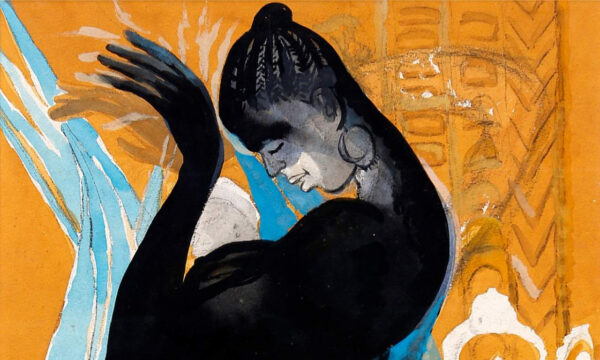
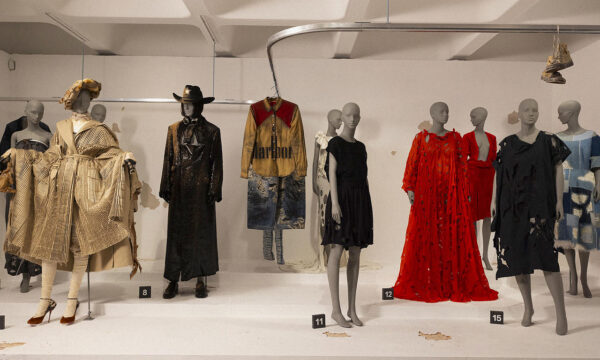
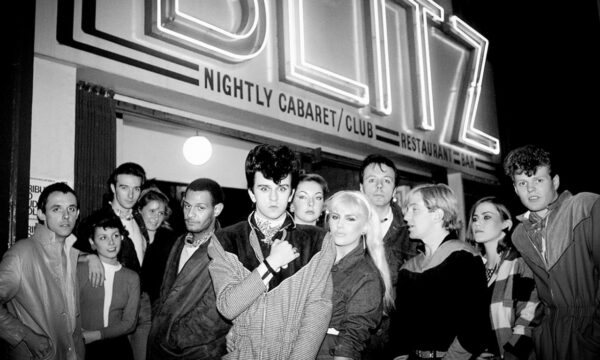
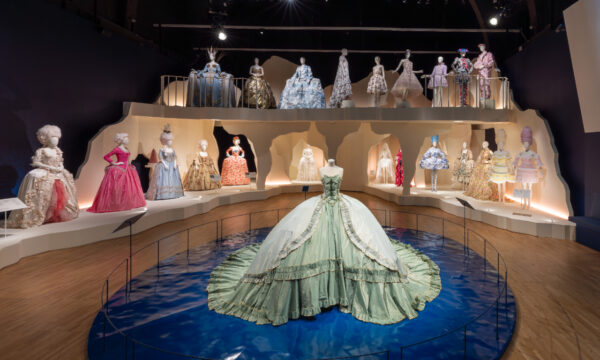
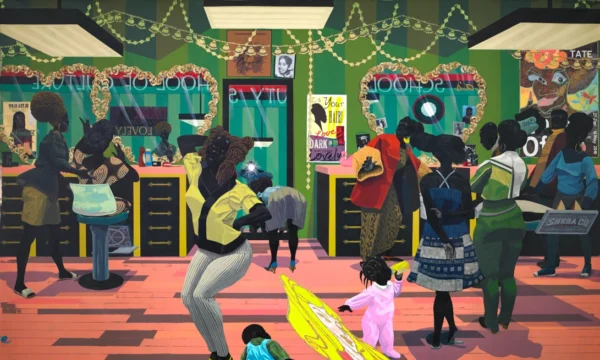
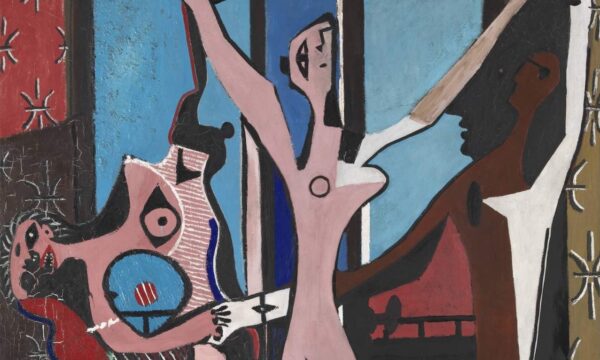


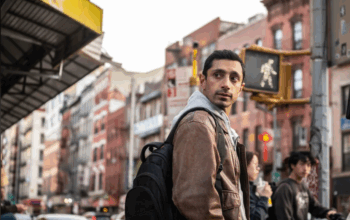
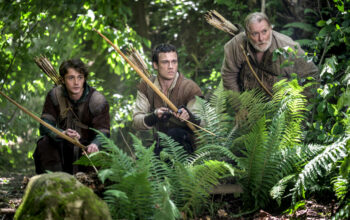



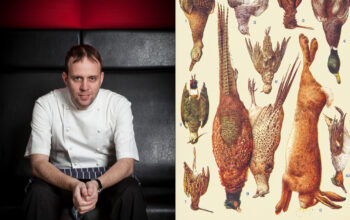
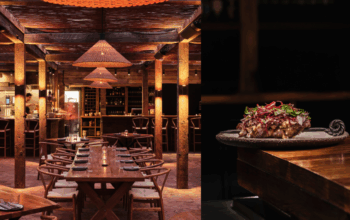

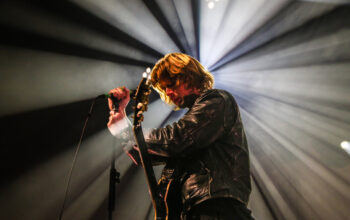


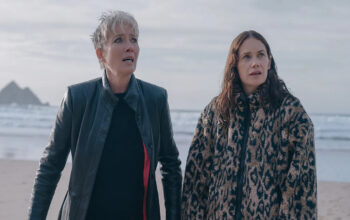
Facebook
Twitter
Instagram
YouTube
RSS